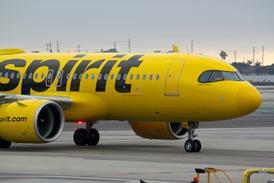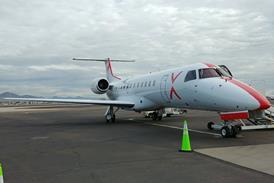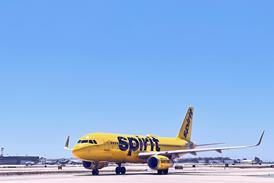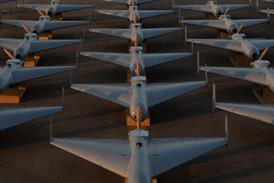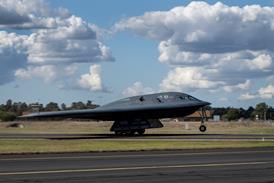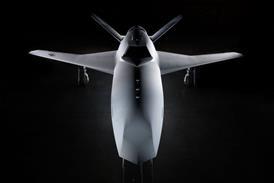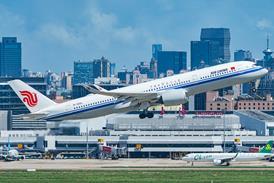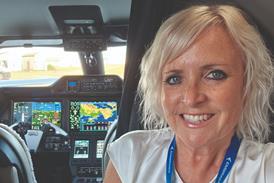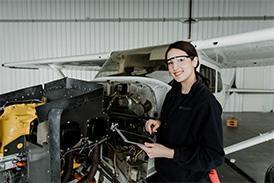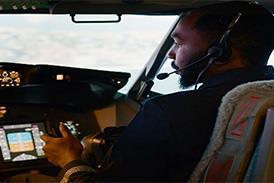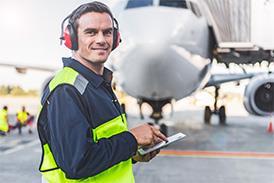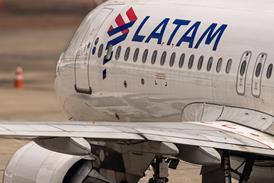The lighter side of Flight International.
Remembering France’s short-lived amphibian airliner
With aircraft that can land on and take off from water back in vogue, March 2025 marks the 80th anniversary of the first flight of the production version of one of the shortest-lived amphibian programmes in history.
Although the 40-passenger Latecoere 631 was launched into the burgeoning transatlantic flying boat market just before the Second World War as the largest such aircraft of its time, the sole prototype was destroyed in a Royal Air Force attack on its base on Lake Constance in April 1944.
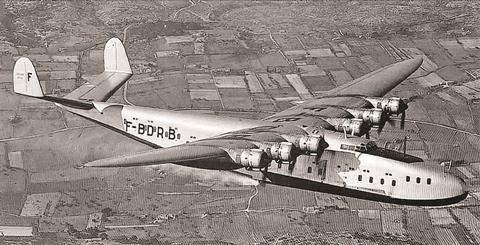
The first production aircraft flew on 7 March 1945, just before the end of hostilities in Europe and it and three others were purchased by Air France. It entered service in 1947, flying between southwest France, Mauritania, and Martinique in the Caribbean.
Although described as “the emblem of the post-war renaissance of French aviation”, the all-metal type had a short and chequered service, with five of the 11 aircraft built lost in fatal accidents, including the last flying example in 1955.
Toulouse-based Latecoere, of course, lives on but, since the immediate post-war era, as an aerostructures and equipment specialist. Sadly, no examples of the 631 survive, although there is a scale model in the city’s Aeroscopia museum.
Safety first
Images of fortunate passengers escaping from the inverted Endeavor Air CRJ900 in Toronto clutching carry-on bags contrasted with last year’s Japan Airlines Airbus A350 prang in Tokyo Haneda where not a single occupant was seen departing with personal belongings beyond what they were wearing. Much was said about cultural differences when it comes to obeying authority and the community-minded attitudes of the Japanese.
However, the firm but calm member of cabin crew filmed by a passenger (let’s not go there) ushering everyone out of the upside-down exit one-by-one prompted one observer to remind the world on Twitter/X: “A flight attendant is there to save your @$$, not kiss it. 100% training works.”
Off course
There were sighs of relief all round when NASA recently reduced the chances of asteroid YR4 hitting Earth in 2032 from a sleep-troubling one in 32 to a reassuring one in 26,000.
Had the odds started to tip the other way, it could have started to mirror the plot of Don’t Look Up, a Netflix black comedy from 2021 in which astronomers who discover that a giant lump of cosmic rock is on a collision course with Earth fail to convince a US administration – led by a vain, populist, and none-too-bright US president (played by Meryl Streep), who is under the influence of an eccentric and self-serving billionaire – of the imminent danger to humanity.

It could never happen in real life, of course.
Sounds intriguing
Everyone – in the UK at least – identifies British Airways with Leo Delibes’ Flower Duet that the carrier has used as its boarding music for decades, so it is perhaps no surprise that other airlines have been trying to come up with a signature tune. They include yet-to-fly airline Riyadh Air, which has hired London’s Abbey Road Studios – made famous by The Beatles and many others – to create its “Sound of a New Era sonic brand”.
The composition is, says the Saudi carrier, the “first guest experience touchpoint to be revealed” ahead of its planned first flight this year, and “the symphony of our brand promise”.
We wonder what other airlines’ on board sonic signatures would be.
Who said: “Ryanair – screaming infants and the screech of a Benidorm-bound hen party”?
Generation gap
We enjoyed this comment on X from youthful engineer @CATIAManikin: “Being the youngest by decades in my hiring group is awesome. They get to tell me crazy aerospace machining stories from the ’90s and I get to tell them how to make the desktop icons bigger.”
One Generation X-er somewhat spoils it by replying: “Don’t forget, we invented the laptop.”

